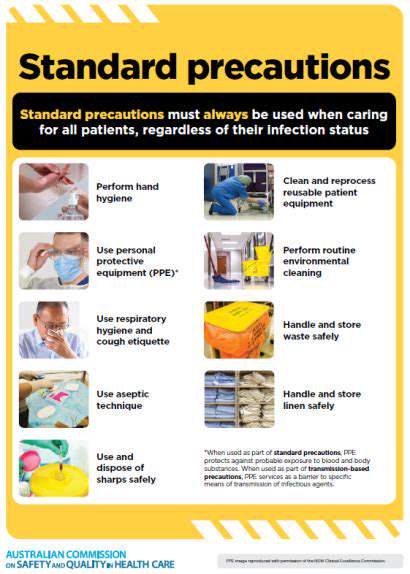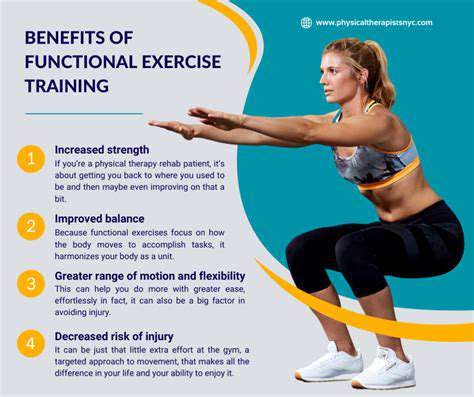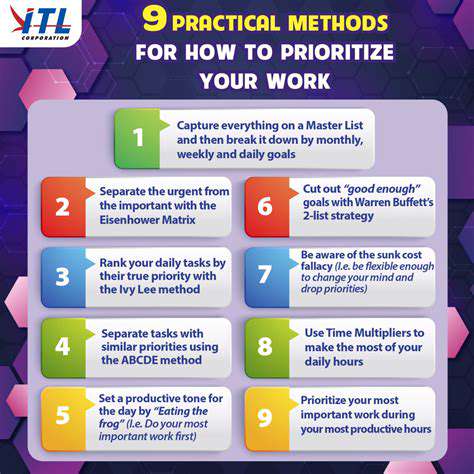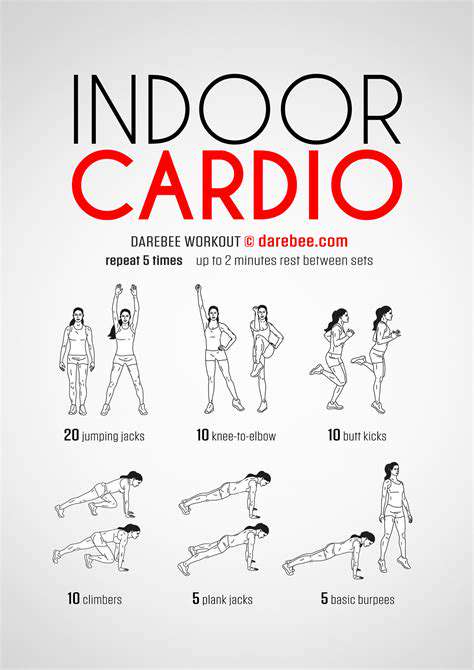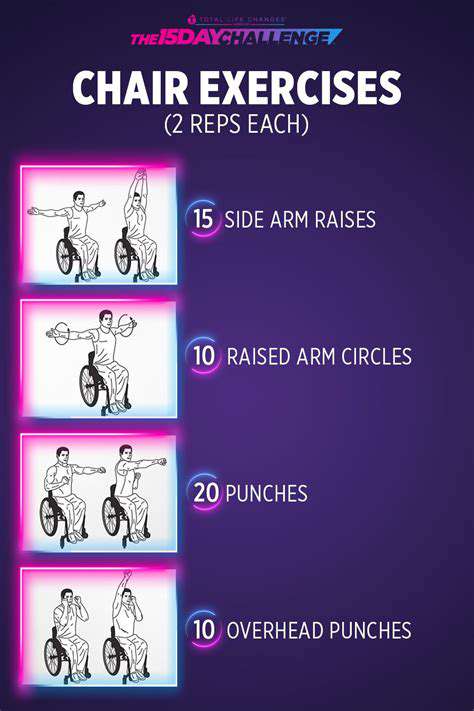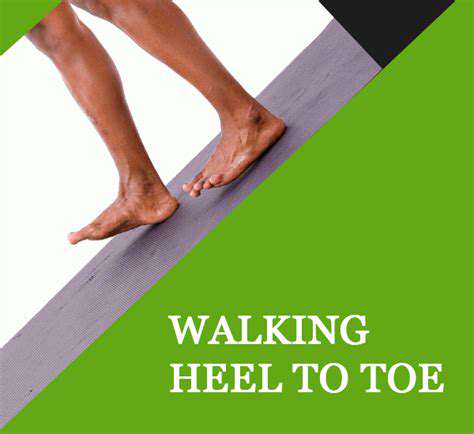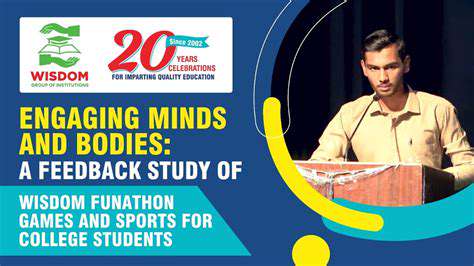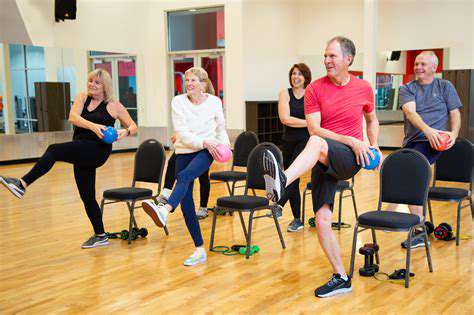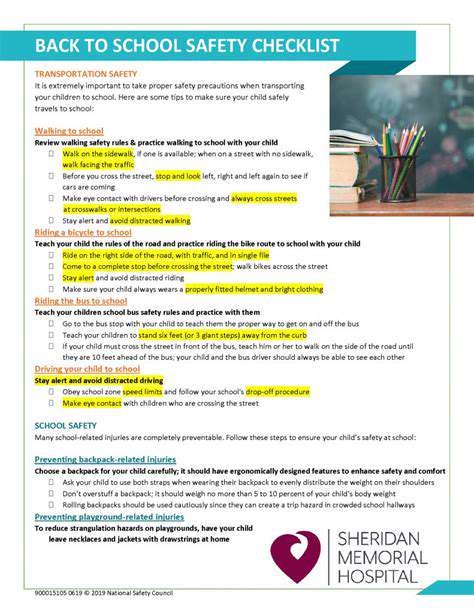Breathing Exercises for Seniors in Chair Yoga: Calm Your Mind
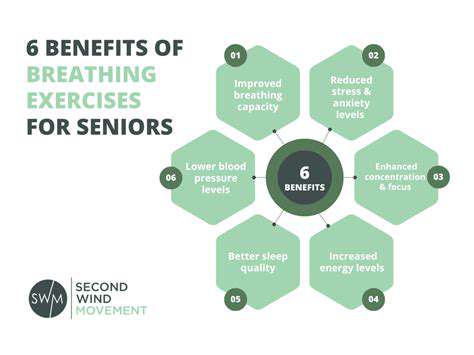
Simple Breathing Techniques for Chair Yoga
Diaphragmatic Breathing
Diaphragmatic breathing, also known as belly breathing, is a fundamental technique in chair yoga that focuses on engaging the diaphragm, the primary muscle for respiration. This technique is particularly beneficial for seniors as it encourages deeper, more efficient breaths, improving oxygen intake and promoting relaxation. By consciously expanding the abdomen during inhalation and contracting it during exhalation, you'll experience a calming effect that can help manage stress and anxiety, both common concerns in older adults. This technique can be practiced anywhere, anytime, making it an accessible tool for maintaining well-being.
To practice diaphragmatic breathing, sit comfortably in your chair, spine straight, and place one hand on your chest and the other on your abdomen. Inhale slowly and deeply through your nose, allowing your abdomen to rise as your diaphragm expands. Exhale slowly through your mouth, feeling your abdomen fall as your diaphragm relaxes. Repeat this process several times, focusing on the smooth, controlled flow of air into and out of your body.
Alternate Nostril Breathing (Nadi Shodhana)
Alternate nostril breathing, or Nadi Shodhana, is a pranayama technique known for its calming and centering properties. This practice involves gently blocking one nostril at a time while inhaling and exhaling through the other. It's a wonderful way to reduce stress and improve focus, two aspects crucial for maintaining well-being in older adults. The practice of Nadi Shodhana encourages a sense of inner peace and balance, which can translate to improved sleep and a more positive outlook on life for seniors.
To perform this technique, sit comfortably in your chair with a straight spine. Use your right hand to gently close your right nostril and inhale deeply through your left nostril. Then, close your left nostril with your ring and pinky fingers, and exhale through your right nostril. Inhale through the right nostril, close it, and exhale through the left. Continue this alternating pattern for several minutes, focusing on the rhythm and the sensations in your body.
Ujjayi Breath
Ujjayi breath, often referred to as the victory breath, is a technique that creates a gentle, internal sound while breathing. This creates a sense of warmth and relaxation throughout the body, which is particularly beneficial for seniors as it can help reduce muscle tension and promote a feeling of calm. The focused attention required for this technique also strengthens mental clarity and concentration, which can be valuable assets for cognitive health in older adults.
To practice Ujjayi breath, sit comfortably in your chair, spine straight. Gently constrict the back of your throat as if you were trying to whisper. Inhale and exhale slowly through your nose, maintaining the constriction in your throat. The breath should sound like a soft ocean wave or a gentle whisper. Continue this for several minutes, noticing the sensation of warmth in your body and the calming effect on your mind.
Lion's Breath (Simhasana)
Lion's Breath, or Simhasana, is a powerful yet gentle technique that promotes relaxation and reduces stress. This dynamic breathing technique involves a series of controlled exhalations and facial movements, which is quite beneficial for relieving tension in the facial muscles and promoting a sense of calm. For seniors, this can be a great way to alleviate tension headaches or general stress and improve overall well-being.
Simple Breath Holds (Kumbhakasana)
Simple breath holds, known as Kumbhakasana, are a crucial part of many breathing techniques, and are beneficial for seniors in chair yoga. These techniques involve brief pauses between inhalation and exhalation, encouraging longer, more effective breaths. While these pauses can seem simple, they have a profound impact on the body, promoting relaxation and a sense of clarity. Incorporating these holds into your chair yoga routine can help seniors manage stress, improve focus, and promote a sense of inner calm.
For these holds, begin with a comfortable seated position in your chair. Inhale deeply and hold your breath for a few seconds, focusing on the sensations in your body. Exhale slowly and hold your breath again for a few seconds, focusing on the sensations of relaxation. Repeat these holds several times, focusing on your breath and the benefits of the pause.
Pursed-Lip Breathing
Pursed-lip breathing is a simple yet effective technique for managing shortness of breath, which is a common concern among seniors. By exhaling slowly through pursed lips, you create a gentle resistance that helps to reduce the rate of breathing and improve oxygen utilization. This practice is beneficial for seniors experiencing respiratory conditions or those simply seeking to enhance their breathing efficiency. This technique also promotes a sense of calmness and stability, which can be helpful in managing anxiety and stress.
To practice pursed-lip breathing, sit comfortably in your chair with a straight spine. Exhale slowly through your mouth, as if you were puffing out a candle. Inhale gently through your nose, and repeat this process several times, focusing on the slow, controlled exhalation through pursed lips.
Breathing for Improved Sleep Quality
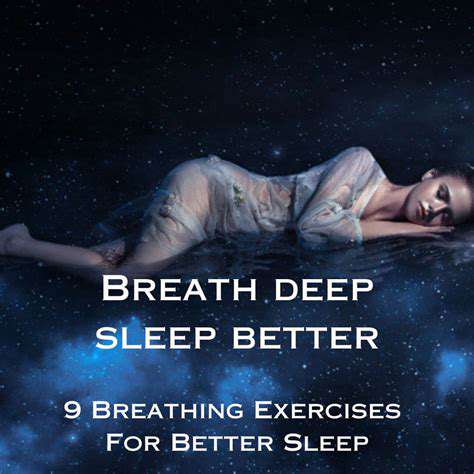
Understanding the Connection Between Breathing and Sleep
Breathing deeply and regularly is crucial for optimal sleep quality. A consistent, rhythmic respiratory pattern helps regulate the body's natural sleep-wake cycle. Disruptions in breathing, such as sleep apnea, can significantly impact the quality of sleep, leading to fatigue and difficulty concentrating during the day. Understanding this connection is the first step in addressing potential sleep issues.
Many people experience subtle breathing changes throughout the night. These variations can be influenced by various factors, including stress, anxiety, and even the environment in which they sleep. Recognizing these patterns and understanding how they affect sleep can provide valuable insights for improving overall sleep quality.
Diaphragmatic Breathing Techniques
Diaphragmatic breathing, often referred to as belly breathing, involves engaging the diaphragm muscle to expand the lungs fully. This type of breathing promotes relaxation and reduces stress, which can be highly beneficial for improving sleep. Practicing diaphragmatic breathing exercises before bed can calm the mind and body, creating a more conducive environment for falling asleep and experiencing restful sleep.
There are numerous techniques for practicing diaphragmatic breathing. These include slow, deep inhalations and exhalations, focusing on the sensation of the belly rising and falling, and incorporating pauses between breaths. The simple act of consciously focusing on your breath can be a potent tool for managing stress and promoting better sleep.
The Role of Nasal Breathing
Nasal breathing is often overlooked, yet it plays a vital role in sleep quality. The nasal passages warm and humidify the air, which is essential for comfortable breathing during sleep. Mouth breathing, on the other hand, can lead to dryness and discomfort, potentially disrupting sleep. Practicing nasal breathing techniques can significantly improve airflow and create a more favorable environment for restful sleep.
Nasal breathing also has a connection with the body's natural sleep-wake cycle. Research suggests that nasal breathing may help regulate hormones associated with sleep, further contributing to a more consistent and quality sleep.
Mindfulness and Breathing Exercises
Integrating mindfulness and breathing exercises into your bedtime routine can be incredibly effective for improving sleep. These practices help to quiet the mind, reduce racing thoughts, and promote a sense of calm and relaxation. Mindfulness-based breathing exercises encourage awareness of the present moment, allowing you to detach from worries and anxieties that might be keeping you awake.
Many mindfulness apps and guided meditations offer specific breathing exercises tailored for sleep. Experimenting with different techniques can help you find what works best for you and create a personalized approach to improving your sleep. This personalized approach is essential for optimizing sleep quality over time.
Breathing and Sleep Disorders
Certain sleep disorders, such as sleep apnea, are directly linked to breathing problems during sleep. These conditions can cause pauses in breathing, resulting in fragmented sleep and a lack of restorative rest. Identifying and addressing these breathing-related issues is crucial for achieving healthy sleep.
If you suspect you might have a sleep disorder, seeking professional medical advice is essential. A healthcare provider can diagnose the condition and recommend appropriate treatment options, including lifestyle changes or medical interventions. Early intervention can significantly impact your overall well-being and sleep quality.
Breathing Exercises for Specific Sleep Issues
Different breathing exercises can be tailored to address specific sleep problems. For example, if you experience anxiety-related sleep issues, slow, deep breathing techniques can be particularly helpful. For insomnia, specific breathing patterns can promote relaxation and calm the nervous system.
Discovering which breathing techniques work best for your individual needs and sleep challenges is key to effective sleep improvement. Consistency in practicing these exercises is essential for experiencing long-term positive results. Experimentation and finding what helps you relax the most will lead to the best results.
